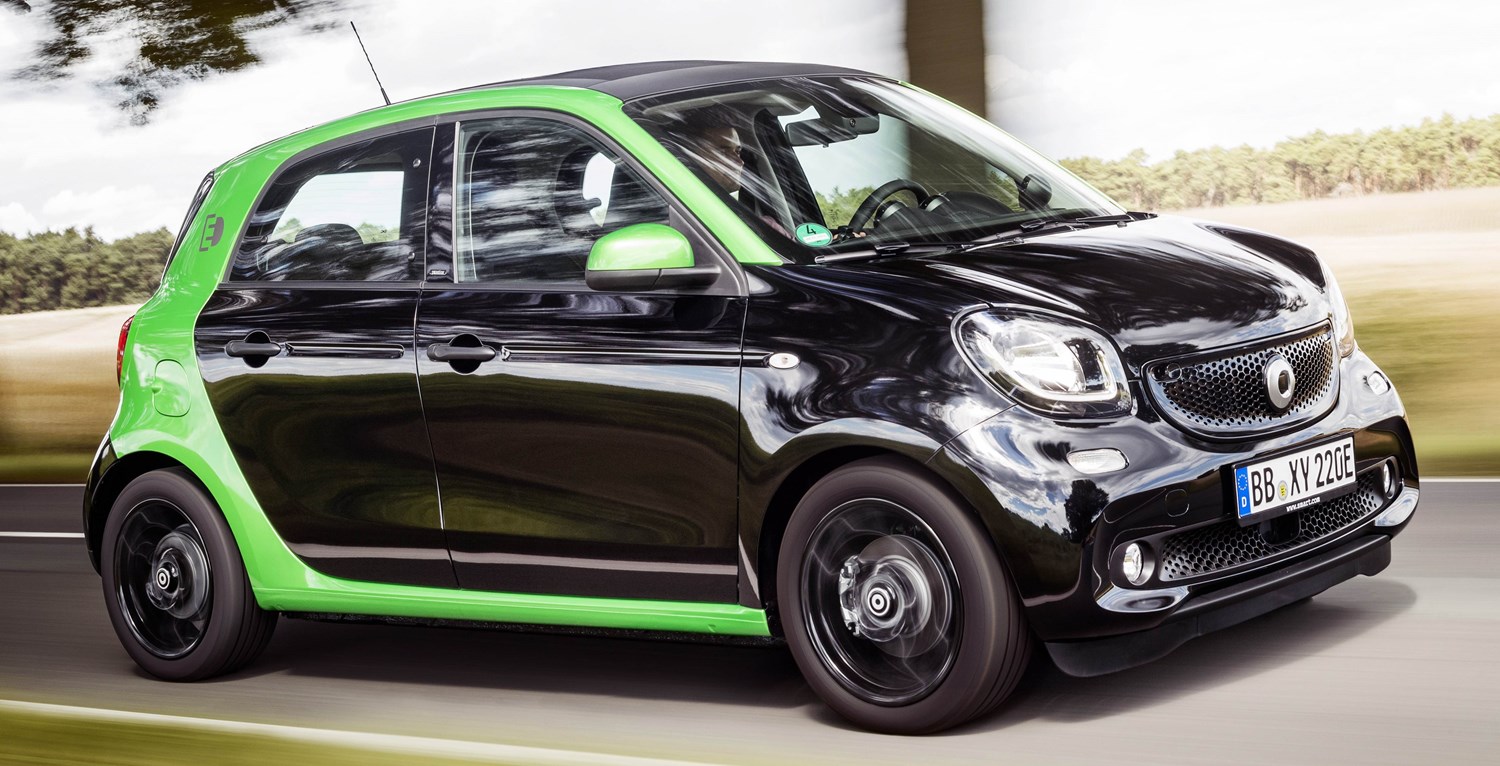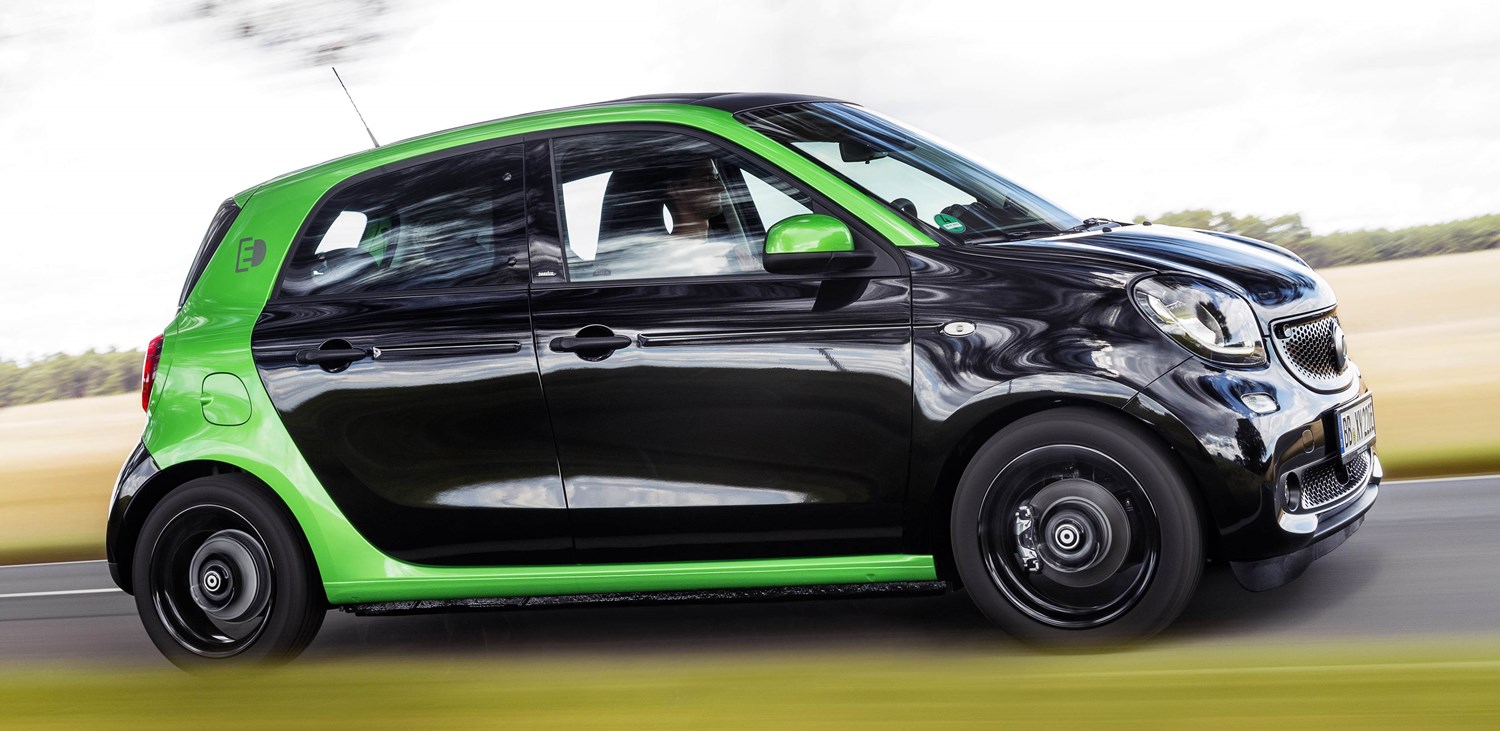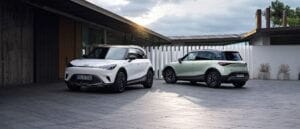Latest Model
The Forfour ED is a new car, only launching last year. With half of it painted in distinctive green bodywork, it stands out from the standard model.
The main difference is, of course, that the engine has been replaced by a 17.6Kwh battery pack and electric motor that produces 81bhp.
Value for money
The Forfour ED is expensive car for the size of car it is, starting at over £16,000 – including the electric car grant. It does make up for this a little bit with a vast level of standard equipment, but it still makes it hard to justify compared to the Renault Zoe which is just as accomplished and far cheaper. As standard you get 15-inch alloy wheels, and a contrasting bright green strip painted around the car, as well as a white front grille. You also get heated leather seats, a panoramic roof and climate control.
On the infotainment front there is a seven-inch touchscreen that includes a Tom Tom satellite navigation, Bluetooth and MirrorLink smartphone compatibility. It does do without Android Auto and Apple CarPlay, though, two things that many rivals now have as standard.
There is only a limited number of Forfour EDs for sale on the used market, but there are savings to be made. We saw a 2017 model for sale with only 1,500 miles for £15,990. However, the fact you save £4,500 off the price of a new one thanks to the government’s plug-in car grant does push it awfully close to the price of a new one that has had the deduction.
Looks and image
The Forfour ED certainly has an eccentric look to it with the vibrant green body – if you would prefer this in a different tone you can pay a hefty £600 to have it in a less vibrant colour. The ED is also distinguishable thanks to its white wheels and grille, which shows that you are in something a little different to a standard Forfour.
Inside, it is vibrant and there is plenty of room for personalisation. It also has a joyful feel to it, something many electric cars lack. The Smart feels well-made, and the materials used are largely sturdy, minus the odd bit of cheap scratchy plastic.
The ride is a vast improvement on Smart vehicles of the past, with only large potholes feeling particularly crashy inside. It does lack a bit of stability, though, because of its skinny wheels and relatively tall shape. While the steering does feel far too light, it helps with the ridiculously tight turning circle that will come in very useful around towns and cities.
It does seem unsettled at speed however, where it is quite noticeably out of its comfort zone. The ride also seems particularly restless as soon as you out of town.





